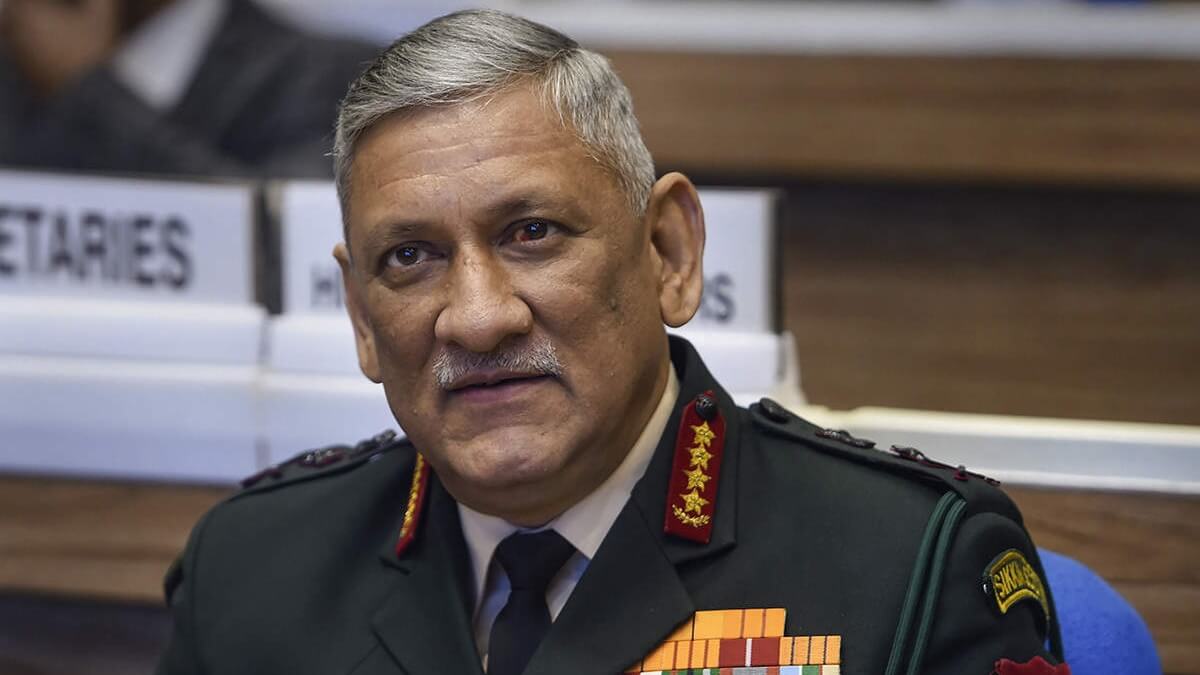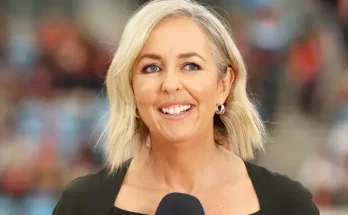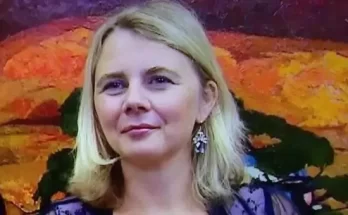Bipin Rawat Biography – Bipin Rawat Wiki
Bipin Rawat was an Indian military officer who was a four-star general of the Indian Army. He served as the first Chief of Defence Staff (CDS) of the Indian Armed Forces from January 2020 until his death in a helicopter crash in December 2021. Before taking over as the CDS, he served as 57th and last Chairman of the Chiefs of Staff Committee as well as 26th Chief of Army Staff of the Indian Army. On December 8, 2021, he died in the crash of an Indian Air Force Mi-17 helicopter in Tamil Nadu. He was accompanied by his wife and 11 members of his personal staff, who were also killed in the crash. The accident left only one survivor.
He was commissioned into the 5th battalion of 11 Gorkha Rifles on December 16, 1978, the same unit as his father. He has much experience in high-altitude warfare and spent ten years conducting counter-insurgency operations. He commanded a company in Uri, Jammu, and Kashmir as a Major. As a Colonel, he commanded his battalion, the 5th battalion 11 Gorkha Rifles, in the Eastern sector along the Line of Actual Control at Kibithu. Promoted to the rank of Brigadier, he commanded 5 Sector of Rashtriya Rifles in Sopore. He then commanded a multinational Brigade in a Chapter VII mission in the Democratic Republic of the Congo (MONUSCO) where he was twice awarded the Force Commander’s Commendation. After promotion to Major General, Rawat took over as the General Officer Commanding 19th Infantry Division (Uri). As a Lieutenant General, he commanded III Corps, headquartered in Dimapur before taking over the Southern Army in Pune.
He also undertook staff assignments which included an instructional tenure at the Indian Military Academy (Dehradun), General Staff Officer Grade 2 at the Military Operations Directorate, logistics staff officer of a Re-organised Army Plains Infantry Division (RAPID) in central India, Colonel Military Secretary and Deputy Military Secretary in the Military Secretary’s Branch and Senior Instructor in the Junior Command Wing. He also served as the Major General Staff (MGGS) of the Eastern Command.
After being promoted to the Army Commander grade, he assumed the post of General Officer Commanding-in-Chief Southern Command on January 1, 2016. After a short stint, he assumed the post of Vice Chief of Army Staff on September 1, 2016. On December 17, 2016, the Government of India appointed him as the 27th Chief of the Army Staff, superseding two more senior Lieutenant Generals, Praveen Bakshi, and P. M. Hariz. He took the office as Chief of Army Staff as the 27th COAS on December 31, 2016, after the retirement of General Dalbir Singh Suhag.
He is the third officer from the Gorkha Brigade to become the Chief of the Army Staff, after Field Marshal Sam Manekshaw and General Dalbir Singh Suhag. On his visit to the United States in 2019, General Rawat was inducted into the United States Army Command and General Staff College International Hall of Fame. He is also the honorary General of the Nepalese Army. It has been a tradition between the Indian and Nepali armies to confer the honorary rank of General to each other’s chiefs to signify their close and special military ties.
During the 1987 face-off in the Sumdorong Chu valley, then Colonel Rawat’s battalion was deployed against the Chinese People’s Liberation Army. The standoff was the first military confrontation along the disputed McMahon Line after the 1962 war.
While commanding MONUSCO (a Multinational Brigade in a Chapter VII mission in the Democratic Republic of the Congo), Rawat had a truly outstanding tour. Within two weeks of deployment in the DRC, the Brigade faced a major offensive in the east which threatened not only the regional capital of North Kivu, Goma, but stability across the country as a whole. The situation demanded a rapid response and North Kivu Brigade was reinforced, where it was responsible for over 7,000 men and women, representing nearly half of the total MONUSCO force. Whilst simultaneously engaged in offensive kinetic operations against the CNDP and other armed groups, Rawat (then Brigadier) carried out tactical support to the Congolese Army (FARDC), sensitization programmes with the local population, and detailed coordination to ensure that all were informed about the situation and worked together in prosecuting operations whilst trying to protect the vulnerable population. This hectic period of operational tempo lasted a full four months and during this time Rawat, his headquarters, and his international Brigade were tested to the full, across the operational spectrum. His personal leadership, courage, and experience were pivotal to the success that the Brigade achieved. Goma never fell, the East stabilized and the main armed group was motivated to the negotiating table and has since been integrated into the FARDC. He was also tasked to present the Revised Charter of Peace Enforcement to the Special Representatives of the Secretary-General and Force Commanders of all the UN missions in a special conference at Wilton Park, London, on May 16, 2009.
In June 2015, eighteen Indian soldiers were killed in an ambush by militants belonging to the United Liberation Front of Western South East Asia (UNLFW) in Manipur. The Indian Army responded with cross-border strikes in which units of the 21st battalion of the Parachute Regiment struck an NSCN-K base in Myanmar. 21 Para was under the operational control of the Dimapur-based III Corps, which was then commanded by Rawat.
On September 15, 2021, while speaking at an event in the capacity of the CDS at the India International Centre in New Delhi, he touched upon the theory of the ‘clash of civilizations’ with regards to the western civilization and China’s growing relations with countries like Iran and Turkey. On September 16, 2021, India’s Minister of External Affairs S. Jaishankar conveyed to his Chinese counterpart that India does not subscribe to any ‘clash of civilizations’ theory. During his career of nearly 43 years, he was awarded for gallantry and distinguished service with the Param Vishisht Seva Medal, Uttam Yudh Seva Medal, Ati Vishisht Seva Medal, Yudh Seva Medal, Sena Medal, Vishisht Seva Medal, the COAS Commendation on two occasions and the Army Commander’s Commendation.
He undertook his studies at the Cambrian Hall School in Dehradun and the St. Edward’s School, Shimla. He then joined the National Defence Academy, Khadakwasla, and the Indian Military Academy, Dehradun, where he was awarded the Sword of Honour. He was also a graduate of the Defence Services Staff College (DSSC), Wellington, and the Higher Command Course at the United States Army Command and General Staff College at Fort Leavenworth, Kansas. From his tenure at the DSSC, he obtained an MPhil degree in Defence Studies as well as a diploma in Management and Computer Studies from the University of Madras. In 2011, he was awarded an honorary doctorate by CCS University, Meerut for his research on military media strategic studies.
Bipin Rawat Age
He was born on March 16, 1958, in Pauri Garhwal, Uttarakhand, India and died on December 8, 2021, in Coonoor, Tamil Nadu, India. He was 63 years at the time of his death.
Bipin Rawat Wife
He married his wife Madhulika Rawat in 1985. She was a descendant of an erstwhile princely family, she was the daughter of Kunwar Mrigendra Singh, sometime Riyasatdar of the pargana of Sohagpur Riyasat in Shahdol district, and an Indian National Congress MLA from the district in 1967 and 1972. The couple had two daughters. The family were residents of New Delhi India.
Bipin Rawat Children
The couple had two daughters, Kritika and Tarini.
Bipin Rawat Family
He was born into a Hindu family. His family had been serving in the Indian Army for multiple generations. His father Laxman Singh Rawat was from Sainj village of the Pauri Garhwal district and rose to the rank of Lieutenant-General. His mother Lachu Singh was from the Uttarkashi district and was the daughter of Kishan Singh Parmar, the ex-Member of the Legislative Assembly (MLA) from Uttarkashi.
Bipin Rawat Death
He died on December 8, 2021, aged 63 along with his wife and other senior army generals were amongst passengers aboard an Indian Air Force Mil Mi-17 helicopter that was on its way from the Sulur Airforce base to the Defence Services Staff College (DSSC), Wellington, where Rawat was to deliver a lecture. The helicopter crashed in Coonoor, Tamil Nadu, approximately 10km from its destination. His death – and those of his wife and 11 others was confirmed later by the Indian Air Force.
The survivor, Group Captain Varun Singh, is undergoing treatment for his injuries at the Military Hospital in Wellington, the IAF said. The cause of the crash is not yet known. The IAF said, “An inquiry has been ordered to ascertain the cause of the accident.”
Indian President Ram Nath Kovind also offered his condolences to all the bereaved families and paid tribute to Gen. Rawat’s service. “The nation has lost one of its bravest sons. His four decades of selfless service to the motherland was marked by exceptional gallantry and heroism,” he tweeted.
India’s Defense Minister Rajnath Singh and Chief of Army Staff Gen. Manoj Mukund Naravane visited Rawat’s residence in New Delhi before his death was confirmed. Singh later tweeted to express his condolences, saying his heart went out to the families of those killed.
“Deeply anguished by the sudden demise of Chief of Defense Staff Gen Bipin Rawat, his wife, and 11 other Armed Forces personnel in an extremely unfortunate helicopter accident today in Tamil Nadu. His untimely death is an irreparable loss to our Armed Forces and the country,” he wrote.
“General Rawat had served the country with exceptional courage and diligence. As the first Chief of Defence Staff, he had prepared plans for jointness of our Armed Forces.” Singh said he was praying for a speedy recovery for the officer who survived the crash.
The Indian Army said the 11 military personnel who had died alongside Gen. Rawat and his wife would “also be equally missed by everyone.”
Bipin Rawat Cause of Death
He died in a helicopter crash. The helicopter crashed in Coonoor, Tamil Nadu, approximately 10km from its destination. His death – and those of his wife and 11 others was later confirmed by the Indian Air Force. He was 63 at the time of his death. The cause of the crash is not yet known. The Indian Air Force (IAF) said “an inquiry has been ordered to ascertain the cause of the accident.”



